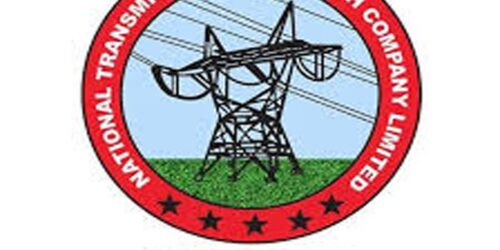National Transmission and Despatch Company (NTDC) said on Tuesday that the country will continue to face power load-shedding in the coming years due to system constraints and other factors.
This presumption was shared during a public hearing on Indicative Generation Capacity Expansion Plan (IGCEP), 2021-30, held in Nepra and attended by over a dozen energy sector experts, representatives of Planning Commission, the Sindh government and other organisations also attended the hearing through video link. The 10-year IGCEP will be reviewed each year.
Chairman Nepra, Tauseef. H. Farooqi, Rafique Ahmad Shaikh, Member Sindh, Rehmatullah Baloch, Member Balochistan and Engineer, Maqsood Anwar Khan, Member KP gave a tough time to the NTDC team, which shifted responsibility of delay in finalization of IGCEP on to the Power Division. Chairman Nepra was annoyed with NTDC for not complying with instructions of the regulator with respect to the IGCEP 2020.
The NTDC team came under fire by Nepra for apparently not including some projects of KP and Sindh and also ignoring renewable energy projects, which have already been issued licences by the regulator.
According to the draft, IGCEP 2021-20, the least cost, long-term generation expansion plan for NTDC system for the period 2021 to 2030 is developed using generation planning software – PLEXOS. The IGCEP 2021-30 is developed through a rigorous data modelling and optimization exercise based on the existing and future generation power plants, existing policy framework, existing contractual obligations, natural resource allocations, relevant provisions of Grid Code, CCoE approved assumption set.
In addition to the base case, further two scenarios are developed to facilitate the decision makers in order to reach an informed decision which include i) low demand scenario; and ii) high demand scenario. For all the scenarios, 6,447MW of existing power generation capacity is retired during the plan horizon.
The base case results show that to meet a demand of 34,377MW by the year 2030, a generation capacity of 53,315MW has been proposed, which include utilization of existing generation facilities, consideration of committed power plants and optimization of candidate power plants by the tool. The IGCEP 2020-31 says that to meet the demand by the year 2030, the share from Variable Renewable Energy (VRE) resources stands out to be 1,964 MW, 3,795 MW and 749 MW of Solar, Wind and Bagasse, respectively. In reply to a question, acting Managing Director NTDC, Muhammad Ayub, said that the organisation had three scenarios of GDP – 4.5 percent, 5.5 percent or 6.5 percent – to gauge electricity demand in future, adding that NTDC cannot assume GDP forecast on its own and it has to rely on other concerned organizations.
He said, initially, NTDC was asked to assume GDP growth of 1.39 per cent for 2020-21 whereas now SBP has conveyed that it should be considered as 3.9 per cent, for which PLEXOS was completely changed, which itself is a tidy job.
He maintained that load of June 2021 has matched with the assumptions of NTDC. He said, peak load was 23,900MW in June whereas NTDC’s assumption was 24,000MW, which is very near to its forecast.
The member Sindh clarified that the Authority will not do anything which is beyond its grid code or mandate but NTDC has to prove that under the Nepra rules assumptions have been formulated.
The authority was told that NTDC has formulated the IGCEP 2021-30 on the basis of served demand whereas in the past computed demand was made on the basis of total requirement including load shedding element. In IGCEP plan 2021-30 AT&C and other losses have not been accounted for.
The representative of NTDC, Sabir said that globally, load-shedding is included in future plans, but Cabinet Committee on Energy (CCOE) was of the view that load shedding cannot be eliminated forthwith and directed NTDC to exclude it from total demand.
On this, Rafique Ahmad Shaikh enquired whether the government with the plan, is asking for continuation of load shedding during the next ten years.
The Authority was told that in the past load shedding was done due to shortage of generation but there was no shortage of capacity in 2019.
NTDC representative apprised the Authority that the government conveyed that load shedding will not be eliminated until system and administrative issues are sorted out.
Incumbent MD NTDC clarified that load shedding will be continued on high loss feeders but load shedding is being reduced after improvement in system constraints of Discos.
“We have prepared IGCEP document after accounting for gradual improvement in Discos’ transmission and distributions systems,” he added.
On this, the Chairman Nepra commented that the government is disconnecting electricity supply instead of finding more consumers to consume surplus available capacity. He also criticised NTDC officials for “contradictory statements” on future load shedding.
The incumbent MD NTDC replied that the future forecast of electricity is based on data gathered from Pepco and Discos, including their projected AT&C losses on feeders.
He maintained that when a reviewed IGCEP 2021-30 will be submitted to the Authority after one year, then next year’s assumptions about load shedding will be included in it. However, he acknowledged, that load shedding will continue this year.
NTDC dispelled the impression that it did not take provinces are board, saying that workshops were organized to brief representatives of provinces and seek their views.







